"A record of the Toronto Film Society's visit to George Eastman House in Rochester, New York. Includes re-filmed excerpts from some of the classic films screened for the society members during their visit" British Columbia Archives.
"A combination of time lapse cinemicrography and shooting huge factory interiors presented William Schanzenbach, ACL, with the gamut of technical difficulties in the photography of the four reel picture, The Commercial Production of Yeast. The interior shots of huge tanks and other machinery were not only adequately exposed but also were shot from attractive angles without extreme consciousness of camera angles. The laboratory sequences, in which time lapse technique was combined with work at the microscope to show the growth of yeast over a period of time, were well handled. Careful planning and clear titles add to the virtues of this exceptional industrial film." Movie Makers, Dec. 1935, 551.
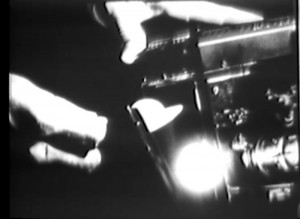
"On camera techniques. Illustrates poor photographic scenes, what caused them, and how to avoid them." National Archives.
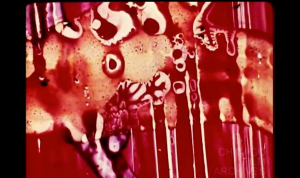
"An amateur experimental film made by Sol Falon and distributed by the Society of Amateur Cinematographers (SAC)." Chicago Film Archives
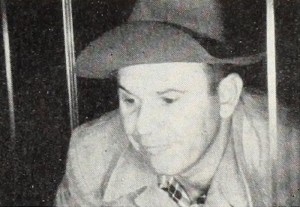
"Cal Duncan, the exuberant extrovert of Lee's Summit, Mo., has, in The Director, turned his high talents for low comedy on our own hobby of amateur movies. Both the hobby and the hobbyist's long suffering friends take quite a beating. In the person of Felix Fogbound, a perennial bird-brain in the producer's cinematic studio, Mr. Duncan combines all of the classic amateur idiocies with a flavoring of Hollywood hokum. His lampooning of personal movies is robust, rowdy and for keeps. When Fogbound swoops his camera in a dizzy pan shot, you have really had it. When he attacks editing with a pot of glue and his thumb-and-forefinger splicing technique, every movie maker will wince with horror. The director is a derisive and delightful burlesque, executed with an almost artless technical competence." Movie Makers, Dec. 1950, 468.
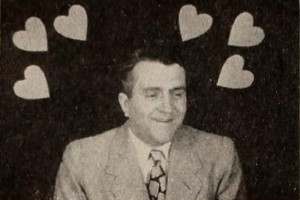
"Staria Zimmerman, that charming Milwaukee minx who made her big time bow in The Boss Comes to Dinner, a 1944 Ten Best winner, has done it again in The Dizzy Top. As the impish daughter of a winsome but widowed mother, she pulls the strings in this "merryonette" show which maneuver her pretty parent into the arms of a new and handsome husband. The quite willing victim of these arch designs is, in the film, the proprietor of a swank hat shop, and it is in this bright locale that the majority of the action takes place. Patricia and Ryne Zimmerman — the producers and supporting players — have a sharp and genuine sense of farce comedy. Their lighthearted plot dances forward as gaily as the suave settings they have contrived for it. Their incidents are antic in their absurdity, their timing crisp and delicately controlled. These qualities are, to be sure, aided immeasurably by Mistress Staria, who carries off each new comic conceit with impudent but charming assurance. Mr. Zimmerman's technical execution in their latest film leaves little to be desired in competence and imagination. There is, to a heightened degree, the same warmth and brilliance in his lighting which marked The Boss. His camera viewpoints are effective and varied, cutting one into the next with precision and pace. Show pieces of cinematic imagination enrich the production, like sugar plums in a Christmas pudding. The Dizzy Top, the Zimmerman's first 16mm. effort, is a handsome step forward along their chosen course of lighthearted comedy." Movie Makers, Dec. 1946, 486.
"A short film about movie-going punctuality" Imperial Oil - Film Collection.
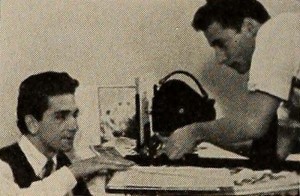
"Produced for the Besbee Products Corporation, by Charles J. Carbonaro, Entitled to Success is something new in the amateur movie industry. It represents the use of movies to advertise a movie product; in this case it is the Besbee Universal Title Maker. In this film, Mr. Carbonaro maintains his usual high standard of photographic excellence, and he has introduced a number of ingenious technical tricks. The story is a delightfully and naturally handled tale of a new movie maker who acquires a titler and sets out to investigate its possibilities with the aid of his wife and a friend who is also an amateur filmer. The fresh, contagious enthusiasm of the real movie fan is effectively portrayed by the well directed cast, and anybody who has had the experience of buying a new cine accessory will not fail to chuckle sympathetically with the hero's intense delight as the story unfolds. The picture is beautifully planned and expertly edited and, best of all, it has the little touches that grow only from sincerity of purpose and understanding of the art of the cinema." Movie Makers, Dec. 1938, 617-618.
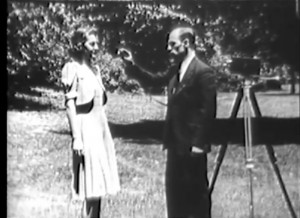
"On methods and devices used to make correctly exposed pictures. Explains use of photo-electric cell exposure meters." National Archives.
Total Pages: 9